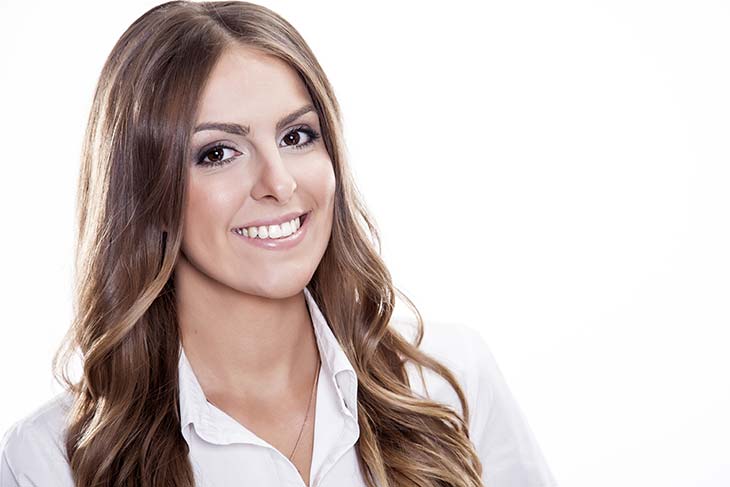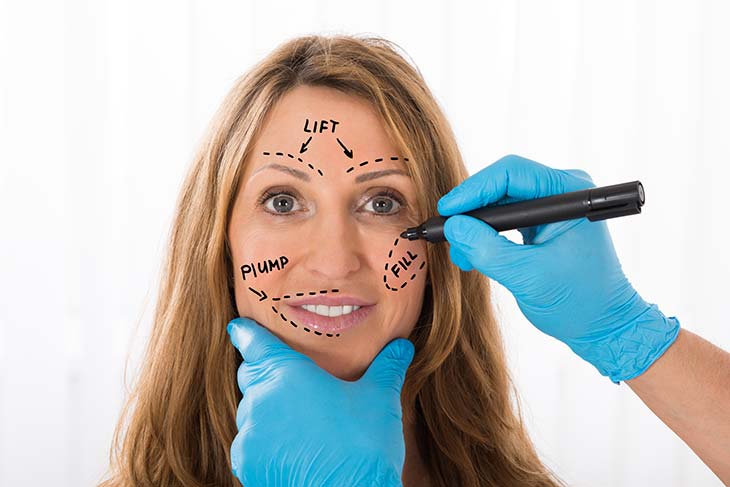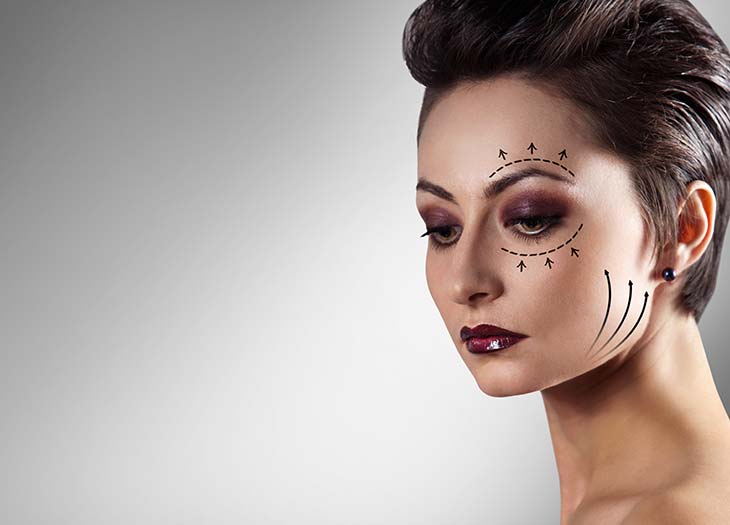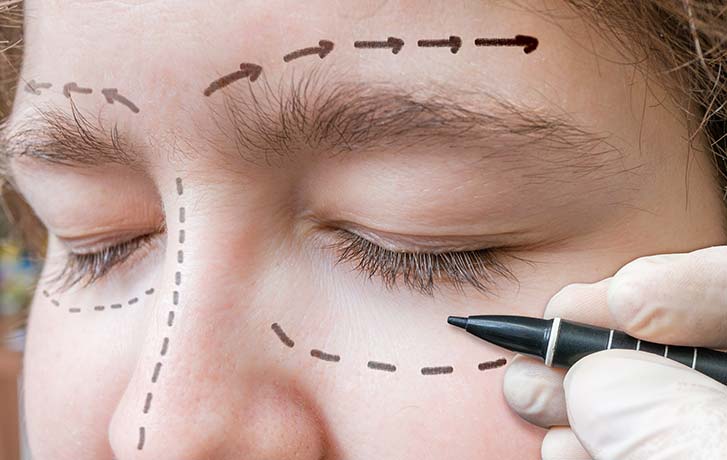Scar Revision and Removal
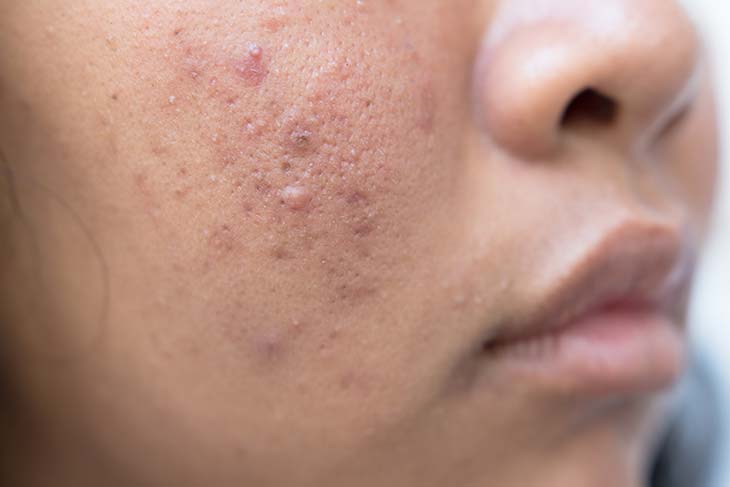
An Overview of Scar Revisions and Removals
Scars are an almost unavoidable part of life, but they can also be unattractive. Facial scarring especially can make one feel unattractive and lead to low self-esteem. Fortunately, there are a number of procedures, both surgical and nonsurgical, that can be used to lessen the appearance of scars.
Scar Removal Surgery
For severe scarring, surgery is usually necessary to achieve the best results. There are a number of surgical options available. Your plastic surgeon will be able to determine which procedure is best for you based on the type and severity of your scarring.
Elliptical or serial excision is the most straightforward procedure for removing severe but localized scarring. The surgeon removes the scar tissue and closes the surgical site using carefully administered sutures. This leaves a scar, but it is straight, faint, and smooth, making it virtually unnoticeable.
Z-plasty also involves the removal of the scar tissue, but instead of a simple closure, the plastic surgeon performing the procedure creates additional incisions that create a Z shape, producing triangular flaps of skin that can be arranged so that scarring falls in the natural lines of the face which camouflage the scar’s appearance.
Instead of removing existing scar tissue, W-plasty surgery, also called broken geometric line surgery, instead uses incisions to break up the existing scar tissue so that, like in z-plasty, the scar tissue falls in the natural lines of the face. This procedure is best for revising mild scarring.
Tissue expanders are primarily used for very severe or large, wide scars. Tissue expanders are placed under the skin to allow the healthy tissue surrounding the scar to expand, making the scar smaller and less dramatic looking.
Dermabrasion is a surgical process that uses an abrasive tool to remove scar tissue. Dermabrasion can be used on its own, but is often performed in conjunction with other scar revision and removal techniques to create more thorough results.
Non-Surgical Scar Revision and Removal
In addition to surgical procedures, there are a number of nonsurgical options for scar revision and removal. Nonsurgical scar revision procedures are not able to provide the same results as surgical options, but may be sufficient for minor scarring.
Depressed scars, such as acne scars, may benefit from injections of facial fillers. However, the results of injected dermal fillers are not permanent. To maintain their results, patients will need to make appointments for re-treatment every three months to a year, depending on the filler used, individual results, and patient preferences.
Injection of steroid medication can help flatten and soften scars for some patients, but cannot narrow them. Steroid injection is particularly successful on hypertrophic and keloid scars.
Pressure therapy is a more long term solution than other procedures discussed. This treatment option requires wearing an appliance that places pressure on the scar. This appliance must be worn day and night for four to six months, leading many patients to prefer other options. If you have a fear of surgery and needles or have health a condition that prevents other treatments from being viable, pressure therapy may be your best option.
Finally, there are products, such as silicone gel, that can be applied topically at home. These products work best on new scar tissue and cannot replicate the results of in-clinic treatments, but may be helpful in preventing the development of scar tissue when applied to recent injuries.
Choosing the Right Plastic Surgeon
Just like with any other medical procedure, when choosing a plastic surgeon to conduct your scar revision procedure you want the best. Dr. Binder is certified by both the American Board of Facial Plastic and Reconstructive Surgery and the American Board of Otolaryngology and Head and Neck Surgery and exclusively performs facial procedures, allowing him to refine his techniques. If you or a loved one is interested in scar revision surgery, choose the best doctor possible. Contact Dr. William J. Binder’s office today to schedule your consultation.



